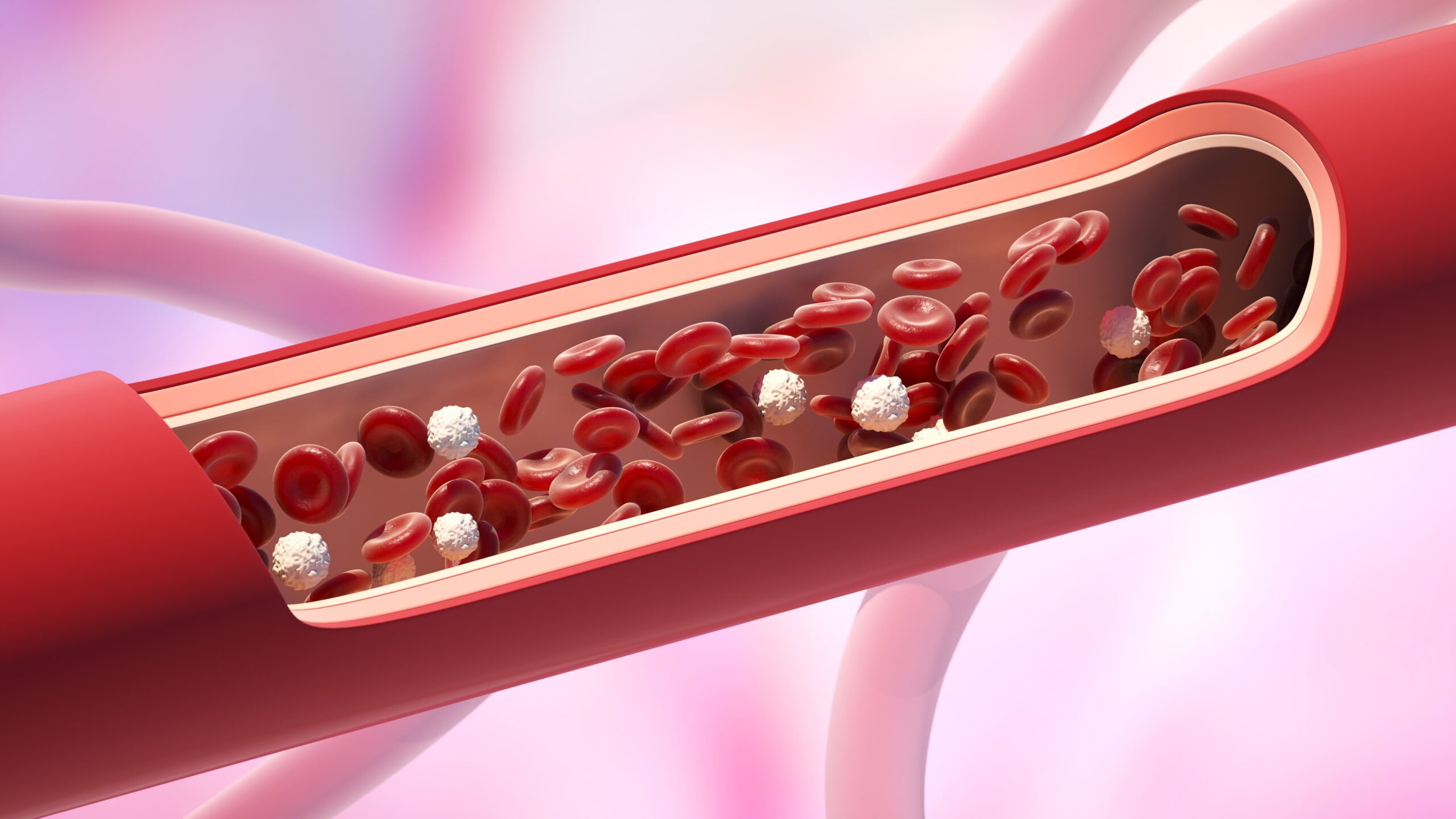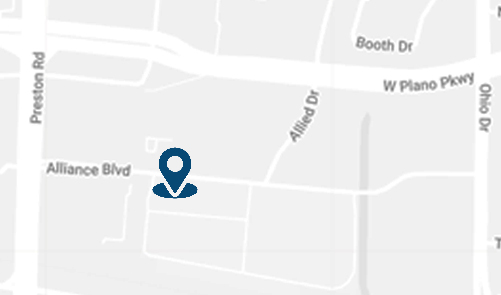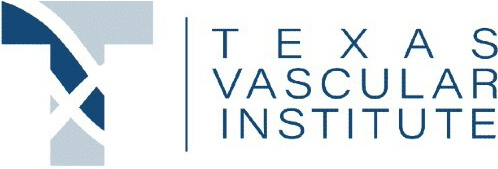By: Dr. Dev Batra | 09.10.25
Ever wondered how extensive your body’s circulatory system really is? It’s more impressive than you’d think. If all your blood vessels, from the tiniest capillaries to the largest arteries and veins, were laid end-to-end, they’d stretch approximately 60,000 miles, or around 96,000 kilometers. That’s more than two times around Earth’s equator!
For decades, a much higher figure – about 100,000 kilometers – circulated in textbooks and trivia books, but modern research shows a more realistic range. Either way, your vascular system is a sprawling, high-speed delivery network that works 24/7 to keep you alive.
A Classic Estimate, And Why It Changed
The often-cited figure of 100,000 km comes from Danish physiologist August Krogh in the early 20th century. Krogh was a pioneer in studying capillaries and blood flow, but his calculation assumed a highly muscular 140-kilogram (about 308-pound) body, far larger and more muscular than most people. This inflated estimate stuck in popular science books and school lessons for decades.
More recent studies, such as research by Poole et al. published in the Journal of Physiology, suggest a more realistic figure: 9,000 to 19,000 kilometers of capillaries, with total vessel length varying by body size, muscle mass, and activity level. That’s still an astonishing reach – just a little less than the long-repeated claim.

What Do Veins Do, And Why Are They All Necessary
Your circulatory system is made up of three main types of blood vessels:
- arteries,
- veins,
- capillaries.
Each plays a unique role in keeping you alive. Arteries carry oxygen-rich blood away from your heart to the body’s tissues. Veins bring oxygen-depleted blood back to the heart. But when it comes to sheer length, capillaries win by a landslide.
These tiny, hair-thin vessels, just 5 to 10 micrometers in diameter, are where the real exchange happens: oxygen, nutrients, hormones, and waste products all move between blood and cells here.
Researchers estimate that capillaries alone make up the vast majority of your total vessel length – between 9,000 and 19,000 kilometers in an average adult. Their density varies with tissue type and activity level: muscles trained through endurance exercise can develop greater capillary networks, improving oxygen delivery (Wick et al., 2004).
Meanwhile, organs with high metabolic demands, like the brain, liver, and kidneys, are packed with capillaries to meet their constant energy needs.
Without this dense microvascular web, cells would quickly be starved of oxygen and nutrients, and waste products would build up to toxic levels. In short, capillaries may be small, but they’re the lifeline of every living tissue in your body.
Why the Range Varies
Not everyone has the same length of blood vessels, and the differences can be significant. Several key factors influence the total:
- Body Size – Taller or larger individuals naturally have longer arteries, veins, and capillaries because the circulatory network must cover more distance to supply tissues.
- Muscle Mass – Muscle is highly vascularized. Athletes, especially endurance-trained individuals, tend to have denser capillary networks to meet increased oxygen demands (Hoppeler & Kayar, 1988).
- Age – While vessel length doesn’t change drastically after growth stops, aging can affect vessel density and flexibility. Some tiny vessels may narrow or become blocked over time, altering the network’s effective capacity.
- Metabolic Activity – Organs and tissues with high metabolic rates, such as the brain, heart, liver, and kidneys, require more capillaries for constant nutrient exchange. People with more active lifestyles or certain medical conditions can have variations in microvascular density.
In other words, the “average” number is just that—an average. Your actual vascular network is uniquely tailored to your body’s size, structure, and needs.
How Blood Vessels Adapt and Change Over Time
Your circulatory system isn’t a fixed blueprint; it’s constantly adapting to your body’s needs. When you start a new exercise routine, your muscles demand more oxygen, triggering the growth of new capillaries in a process called angiogenesis. On the other hand, if a blood vessel is injured or blocked, the body may form “detour” pathways, known as collateral circulation, to restore blood flow.

Aging also brings changes: arteries can stiffen, capillaries may become less dense in specific tissues, and vessel walls can thicken. Some of these shifts are natural, but others are linked to lifestyle factors like diet, smoking, and physical activity. By keeping your vascular system in good shape through healthy habits and regular checkups, you can slow unwanted changes and support healthy circulation for decades.
Frequently Asked Questions About Blood Vessel Length and Health
How long are your blood vessels really?
In an average adult, the total length of all blood vessels is estimated between 9,000 and 19,000 kilometers (about 5,500 to 12,000 miles). The exact figure depends on your body size, muscle mass, and activity level.
Why do some sources say 100,000 kilometers?
That figure comes from an early 20th-century estimate by physiologist August Krogh, based on an unusually muscular body type. Modern studies, such as Poole et al. 2020, suggest lower but still remarkable totals.
Do newborns have the same length of vessels as adults?
No. Newborns may have around 6,000 kilometers (about 3,700 miles) of blood vessels. This number grows as the body develops and new vessels form.
What makes capillaries so important?
Capillaries are the smallest blood vessels, connecting arteries and veins. They are where oxygen, nutrients, and waste products are exchanged with tissues. Without them, cells couldn’t survive for more than a few minutes.
Can lifestyle affect how many capillaries you have?
Yes. Regular aerobic exercise can increase capillary density in muscles, improving oxygen delivery and endurance (Hoppeler & Kayar, 1988).
What happens if blood flow is blocked?
Blockages can cause pain, numbness, organ damage, or even life-threatening events like strokes. Minor clogs in tiny vessels can still have a significant impact on health.
How can I check if my blood vessels are healthy?
Non-invasive tests such as ultrasound, ankle-brachial index (ABI), and vascular screenings can help detect issues early. Texas Vascular Institute offers these services to help you understand and protect your vascular health.
Why It Matters, and Why You Should Care
Your vascular system may be vast, but it’s also delicate. Even a tiny blockage in one area can cause noticeable symptoms—numbness, pain, swelling, or fatigue—because every vessel is part of a connected network. Healthy blood flow keeps oxygen and nutrients moving, supports organ function, and helps the body heal after injury. Problems in the circulatory system can lead to serious conditions like peripheral artery disease, deep vein thrombosis, or microvascular disease, which often develop silently before causing major complications.
This is why vascular health is worth your attention even if you feel fine. Regular checkups and screenings can spot early signs of trouble before symptoms appear. At Texas Vascular Institute, we use non-invasive imaging, advanced diagnostic tools, and minimally invasive treatments to keep your circulatory system functioning at its best. Whether you need a preventive screening or treatment for an existing condition, our team can help you understand your vascular health and protect it for the long run.
Read more blogs
Embolization Procedure
Discover embolization procedures for non-surgical relief from knee pain, heel pain, and fibroids. Safe, effective, and fast recovery.
Find Relief Without Surgery
Find relief without surgery at Texas Vascular Institute. Minimally invasive vascular treatments, faster recovery, and compassionate care.
Uterine Fibroid Embolization
Learn how Uterine Fibroid Embolization (UFE) treats fibroids safely without surgery. Discover benefits, recovery, and if it’s right for you.
WHAT OUR PATIENTS
have to say
Texas Vascular Institute always appreciates feedback from our valued patients. To date, we’re thrilled to have collected 378 reviews with an average rating of 5 out of 5 stars. Please read what others are saying about Texas Vascular Institute below, and as always, we would love to collect your feedback.
Leave a Review
Amazing Practice
I'm very particular with my Healthcare and tend to be cautious with referrals to specialists. This office is amazing from the first point of contact. Their staff are friendly, professional and highly knowledgeable. Then the Dr is just as amazing as his staff, absolutely brilliant. Office manager Jessica has this office running like a well oiled machine and does so with a smile, an air of confidence, kindness and professionalism. Love this practice!!
- Richard G.

Beyond Thankful
Dr Batra and his staff are amazing! We are so grateful to have found him. Everyone is so kind and so caring and Dr Batra explains everything so well and does procedures with excellence. Beyond thankful to be under their care!!!
- Bitsy P.

Gold Standard
This is a gold standard for how a medical practice should be run. I was promptly seen at my scheduled time, my ultrasound was thorough and I received plenty of attention and care from the staff and Dr.Batra.
- Weronika L.
INSURANCE
We accept most major insurance plans. Please contact the medical office for all insurance related questions.









8330 Meadow Rd #100
Dallas, TX 75231
For Appointments: 972-798-4710
General Inquiries: 972-646-8346

809 West Harwood Rd, Suite 101,
Hurst, TX 76054
For Appointments: 972-798-4710
General Inquiries: 972-646-8346

4716 Alliance Blvd Suite #180,
Plano, TX 75093
For Appointments: 972-798-4710
General Inquiries: 972-646-8346

